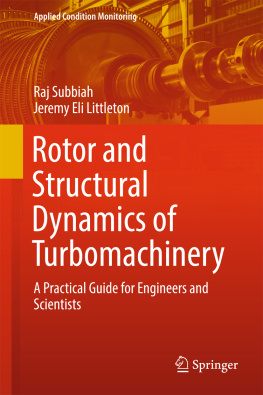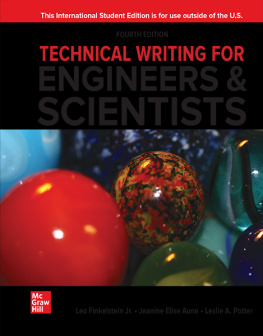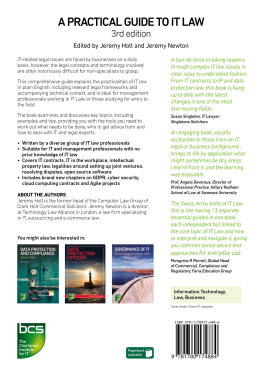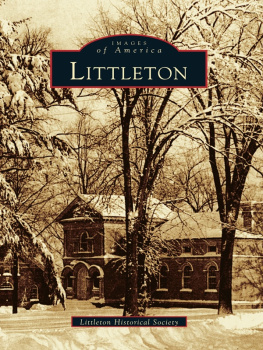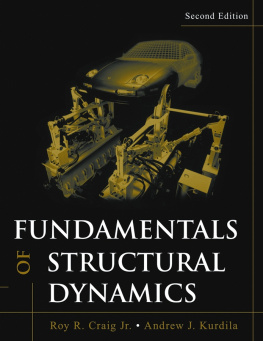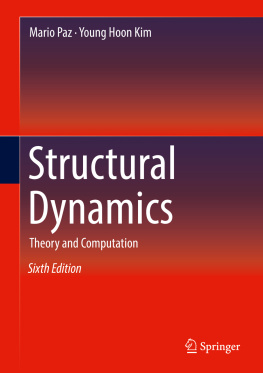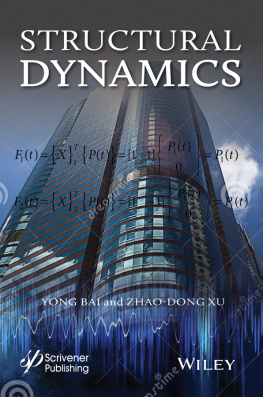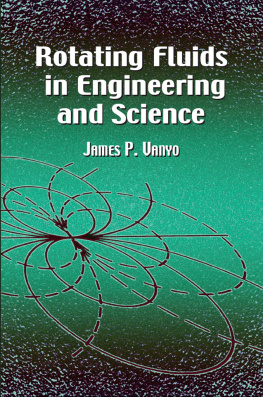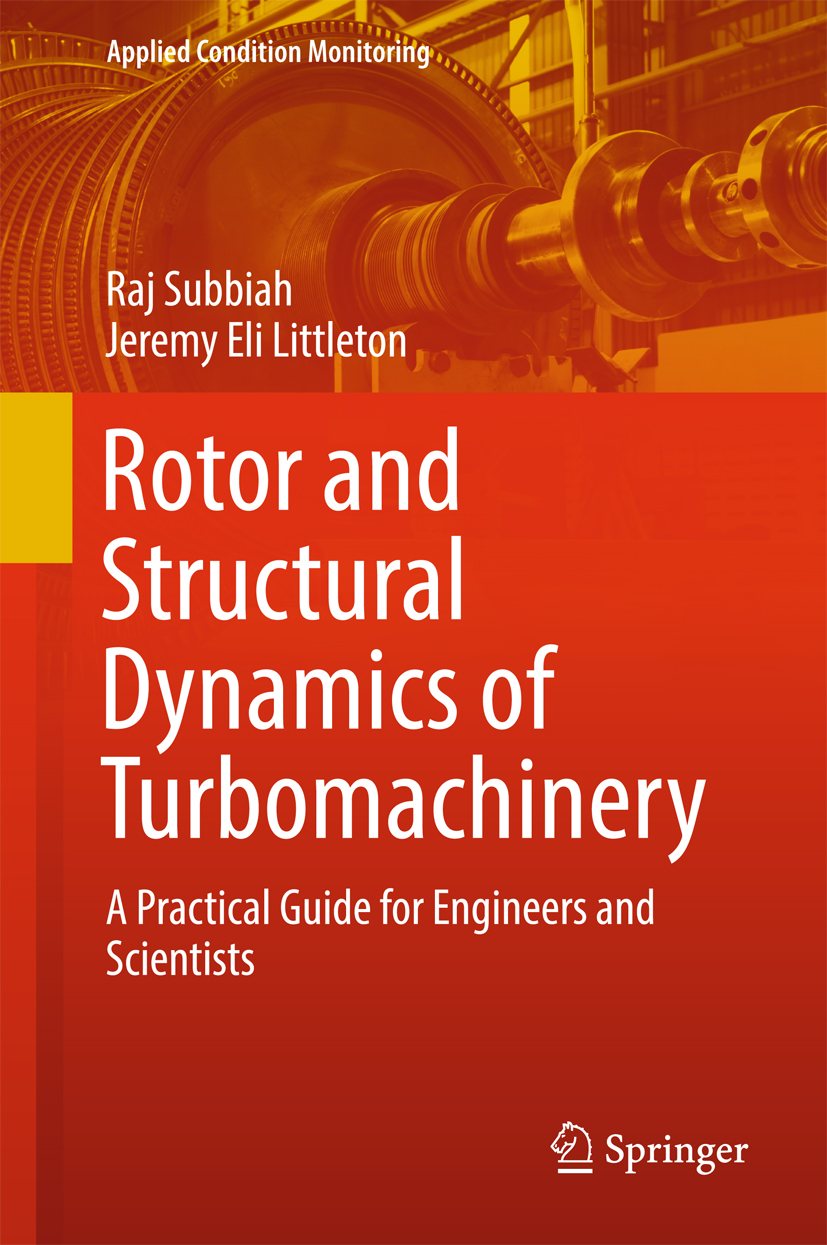Volume 11
Applied Condition Monitoring
Series Editors
Mohamed Haddar , Walter Bartelmus , Fakher Chaari and Radoslaw Zimroz
The book series Applied Condition Monitoring publishes the latest research and developments in the field of condition monitoring, with a special focus on industrial applications. It covers both theoretical and experimental approaches, as well as a range of monitoring conditioning techniques and new trends and challenges in the field. Topics of interest include, but are not limited to: vibration measurement and analysis; infrared thermography; oil analysis and tribology; acoustic emissions and ultrasonics; and motor current analysis. Books published in the series deal with root cause analysis, failure and degradation scenarios, proactive and predictive techniques, and many other aspects related to condition monitoring. Applications concern different industrial sectors: automotive engineering, power engineering, civil engineering, geoengineering, bioengineering, etc. The series publishes monographs, edited books, and selected conference proceedings, as well as textbooks for advanced students.
More information about this series at http://www.springer.com/series/13418
Raj Subbiah and Jeremy Eli Littleton
Rotor and Structural Dynamics of Turbomachinery A Practical Guide for Engineers and Scientists
Raj Subbiah
Oviedo, FL, USA
Jeremy Eli Littleton
Saint Cloud, FL, USA
ISSN 2363-698X e-ISSN 2363-6998
Applied Condition Monitoring
ISBN 978-3-319-73295-4 e-ISBN 978-3-319-73296-1
https://doi.org/10.1007/978-3-319-73296-1
Library of Congress Control Number: 2017963016
Springer International Publishing AG 2018
This work is subject to copyright. All rights are reserved by the Publisher, whether the whole or part of the material is concerned, specifically the rights of translation, reprinting, reuse of illustrations, recitation, broadcasting, reproduction on microfilms or in any other physical way, and transmission or information storage and retrieval, electronic adaptation, computer software, or by similar or dissimilar methodology now known or hereafter developed.
The use of general descriptive names, registered names, trademarks, service marks, etc. in this publication does not imply, even in the absence of a specific statement, that such names are exempt from the relevant protective laws and regulations and therefore free for general use.
The publisher, the authors and the editors are safe to assume that the advice and information in this book are believed to be true and accurate at the date of publication. Neither the publisher nor the authors or the editors give a warranty, express or implied, with respect to the material contained herein or for any errors or omissions that may have been made. The publisher remains neutral with regard to jurisdictional claims in published maps and institutional affiliations.
Printed on acid-free paper
This Springer imprint is published by Springer Nature
The registered company is Springer International Publishing AG
The registered company address is: Gewerbestrasse 11, 6330 Cham, Switzerland
Preface I
In the late 70s, at the beginning of my career, I have developed interest in learning the aspects of vibration in general. I had very limited knowledge on how vibration would impact structures and the associated damages, etc., until I pursued graduate studies in Indian Institute of Technology (IIT) in Delhi where I took a preliminary course on vibration. Following this, I took advanced courses on vibration and rotor dynamics. These courses dealt with highly mathematical approach and were challenging in the beginning to relate them to real life. They were difficult to comprehend but were interesting and arose my curiosity to work on those areas. Rotor dynamics course taught by Prof. J. S. Rao introduced me to the subject; however, until I worked on a project on vibration and rotor dynamics issues on a compressor rotor, I really was not able to grasp the core of the subject.
This formed a sound basis for my rotor and structural dynamics career path. After I completed my graduate studies at IIT, I have accepted a fellowship offered to pursue my doctoral studies on rotor dynamics at Concordia University in Montreal, Canada. Excellent laboratory facilities boosted my learning further. I grasped more on the subject thanks to my supervisor, Prof. R. B. Bhat, whose great inspiration helped my learning tremendously.
After my doctoral studies, I started to work for Stress Technology Inc., a mechanical consulting company, in Rochester, New York, founded by Prof. Neville Rieger on rotor dynamics-related industrial problem; this time, for a major turbine manufacturer in Switzerland. In this position, I have developed rotor dynamic software for linear and nonlinear rotor dynamics in addition to handling other turbomachinery vibration issues.
During the late 80s, I moved to Orlando to work for Westinghouse Electric Corporation where I started working on various aspects of rotor and bearing designs as applied to fossil and nuclear power plants. New R&D projects initiated during that time helped to expand my horizon on fatigue, fracture mechanics, creep, etc. While I was working in Westinghouse, I also taught courses on vibration and rotor dynamics at the University of Central Florida (UCF) as an adjunct faculty for a few years. Siemens took over Westinghouse in the late 90s. I had challenging assignments to work on multifarious problems including structural and concrete foundation issues due to normal and earthquake type of loadings. These studies also helped to understand the influence of impact and random loadings on various components associated with the turbomachines.
During this period, I had the opportunity to conduct tailored 3- or 5-day vibration courses in turbomachines to students in academics, engineers, and managers at various industries and universities globally. The motivation to write this book came from the feedback provided by my students during the course of these lectures. Their feedback and suggestion enabled me to venture writing a book that would simplify the concepts and explain them in simplistic terms with minimal mathematical equations. I am sure that this book will cater to every engineers needs to apply their learning to resolving their turbomachinery problems.
I have been an active member of national (USA) and international (ISO) vibration committees for about 25 years. The opportunities to work on a few projects enhanced my exposure to meeting with global experts and learn and apply their experiences in resolving complex vibration issues.
Raj Subbiah
Oviedo, USA
June 2017
Preface II
My career started with working in my fathers residential and commercial construction company in the late 80s. Working in this industry spurred my interest into how various forces interacted on structures. In the early 90s, I decided to pursue my bachelors in mechanical engineering from the University of Pittsburgh. During my time there, I concentrated my studies in mechanical design, finite element modeling, and vibration. Upon graduation, I joined Bucks Fabricating where I worked in the design of various types of shipping containers and hydraulic motion applications. This work with hydraulic motion built a sound understanding how forces of motion acted on their support structures. It also inspired my interest in vibration.

